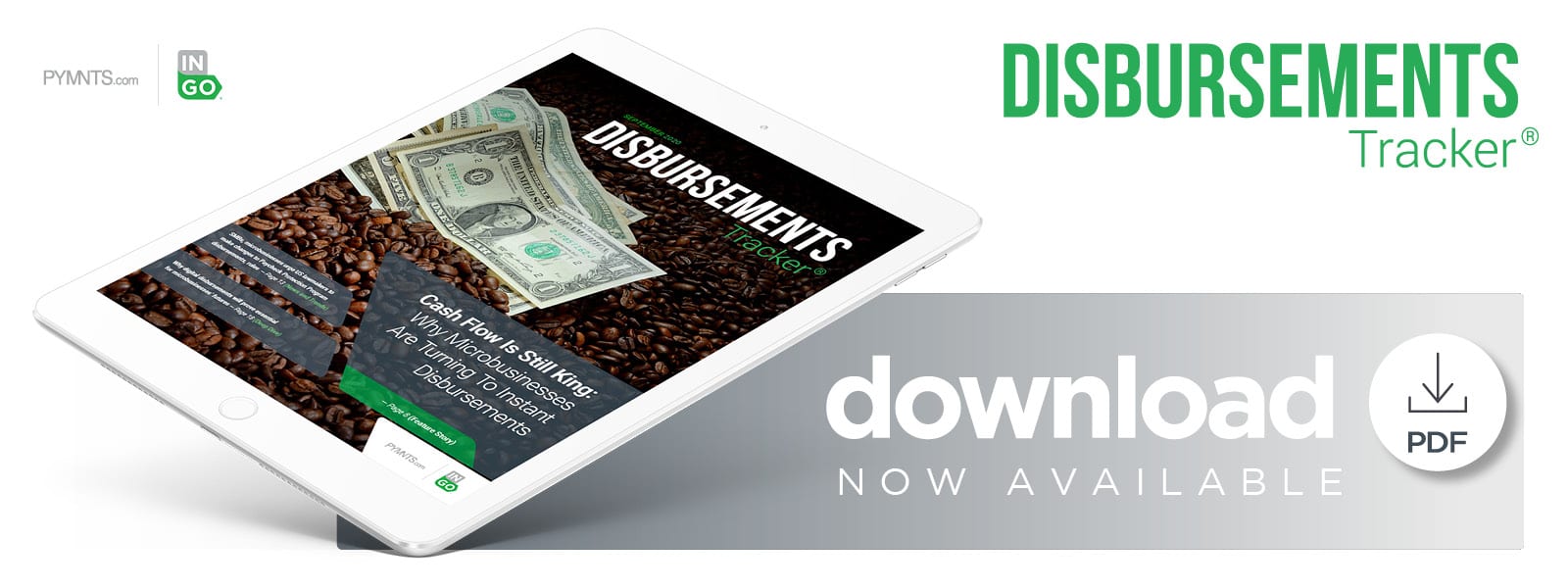Deep Dive: Why Instant Payments Will Prove Essential To The Future Of Microbusinesses

Microbusinesses are uniquely vulnerable to the pandemic’s negative financial impacts. Seventy-five percent of SMBs — including microbusinesses — in one recent survey reported that their revenues are down. The crisis has led many SMBs to turn to PPP loans or other government-supported funds to help keep their doors open longer.
Financial struggles have persisted, however, even as the U.S. government marshaled its resources to offer a necessary financial boost to SMBs and microbusinesses. Approval for PPP loans and additional lending has remained competitive despite the announcement of a second round of loans in early April, especially as only 14 percent of collective funds made their way to the country’s SMBs, according to recent reports. Further compounding the competition was the fact that many microbusinesses — as well as the entities sending them money — were simply not set up to process their loans at speed. Microbusinesses frequently also lack the means to quickly distribute these funds to their own workers when they do finally receive them. Recent PYMNTS research found that the vast majority of SMBs do not have access to any type of instant payment method and are therefore reliant upon ACH transfers, cash and checks to either receive disbursements or move their money.
The following Deep Dive analyzes how the pandemic has affected microbusinesses and why the absence of instant disbursements and payments is exacerbating many of these outcomes. It also examines how microbusinesses can gain greater access to such tools and what is standing in the way of instant payments’ ubiquity.
Microbusinesses and the instant payments gap
SMBs represent 99.9 percent of all businesses in the U.S., 89 percent of which can be classified as microbusinesses. Many of the latter are now reporting significant cash flow hurdles thanks to recent consumer spending declines as well as other factors. SMBs are also responsible for 64 percent of new jobs created in the U.S., meaning that their present struggles can ripple deeply across the economy as a whole. Current circumstances have added new urgency to their need to be able to send and receive money quickly.
PYMNTS research has found that only 8 percent of microbusinesses can receive funds via instant payment methods directly to bank accounts or debit cards, for example, mostly remaining reliant on other methods such as cash and paper checks. Microbusinesses also generally do not offer a wide variety of disbursement choices, whether to employees, customers or vendors, and many are limited to paying suppliers by ACH or check. Approximately 93 percent of U.S. employees receive their paychecks through ACH direct deposit, which may seem instant to workers but actually takes two to three days for funds to fully clear. The problem of delayed payments at every level — already frustrating to many microbusinesses prior to the COVID-19 pandemic — has become especially dire in the wake of the health crisis.
PYMNTS’ research has also shown that the current payments landscape no longer reflects how most employees and microbusinesses want to receive their money. Only 30 percent of both groups reported that they would continue to do business with entities that do not offer some form of instant payment support. Only 38 percent of microbusinesses said they had their choice of disbursement method when it came to receiving payments from insurers or lenders or for purchase-related payments. Bridging the gap between the desire for instant payments and the ability to support them is difficult for many SMBs, however, because it requires more than simply integrating the method into their own existing systems.
The ubiquity Catch-22
The immediate problem microbusinesses face in fulfilling the growing demand for instant disbursements is twofold: They need to adopt solutions that can allow them to receive instant payments, but their transaction partners — including suppliers, insurers and lenders as well as government entities like the SBA, responsible for sending out PPP funds — must also enable these payments.
A change in payments infrastructure is only one piece of the disbursements puzzle SMBs and their payment partners must solve, however. The other question is how they can send and receive instant payments across all the channels of commerce now in daily use. The payments experience must be equally seamless for every transaction for payments to work as intended. Instant payments’ ubiquity thus requires change at every level of the financial ecosystem.
Falling short of this mark could be disastrous for SMBs as their financial well-being may depend on both keeping their customers and employees happy and seamlessly managing their cash flows in difficult economic times. Developing instant payments support throughout the financial ecosystem is therefore critical to the future of both business and payments.

